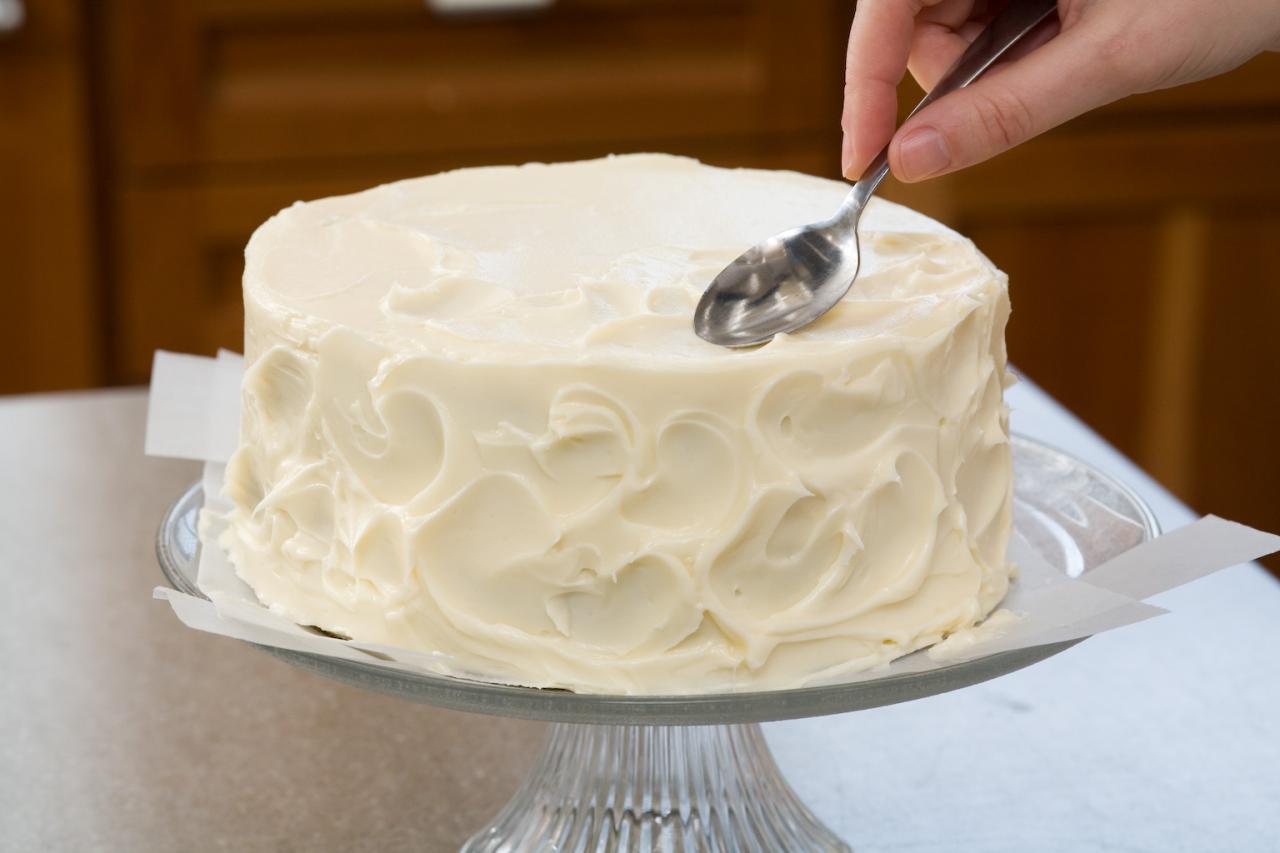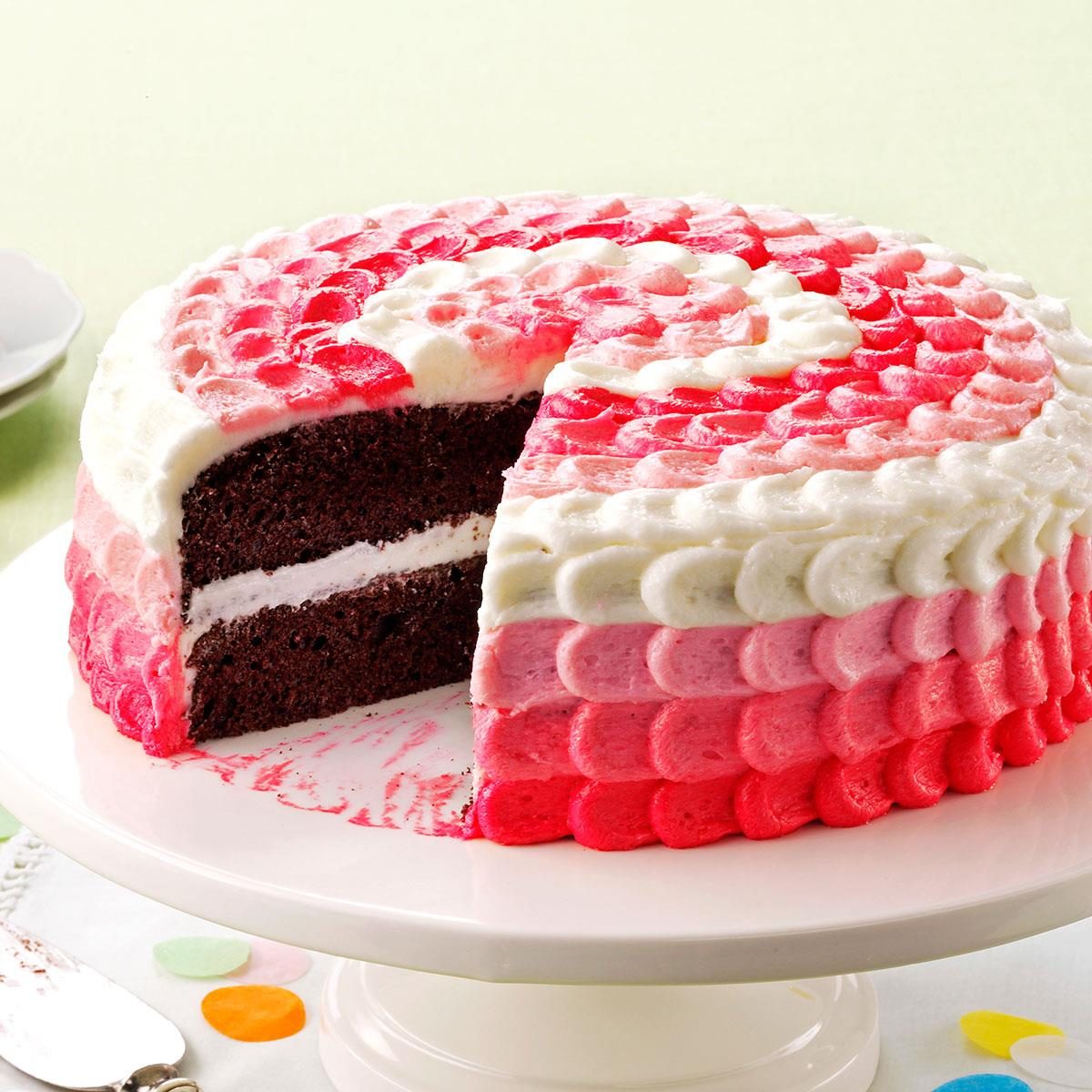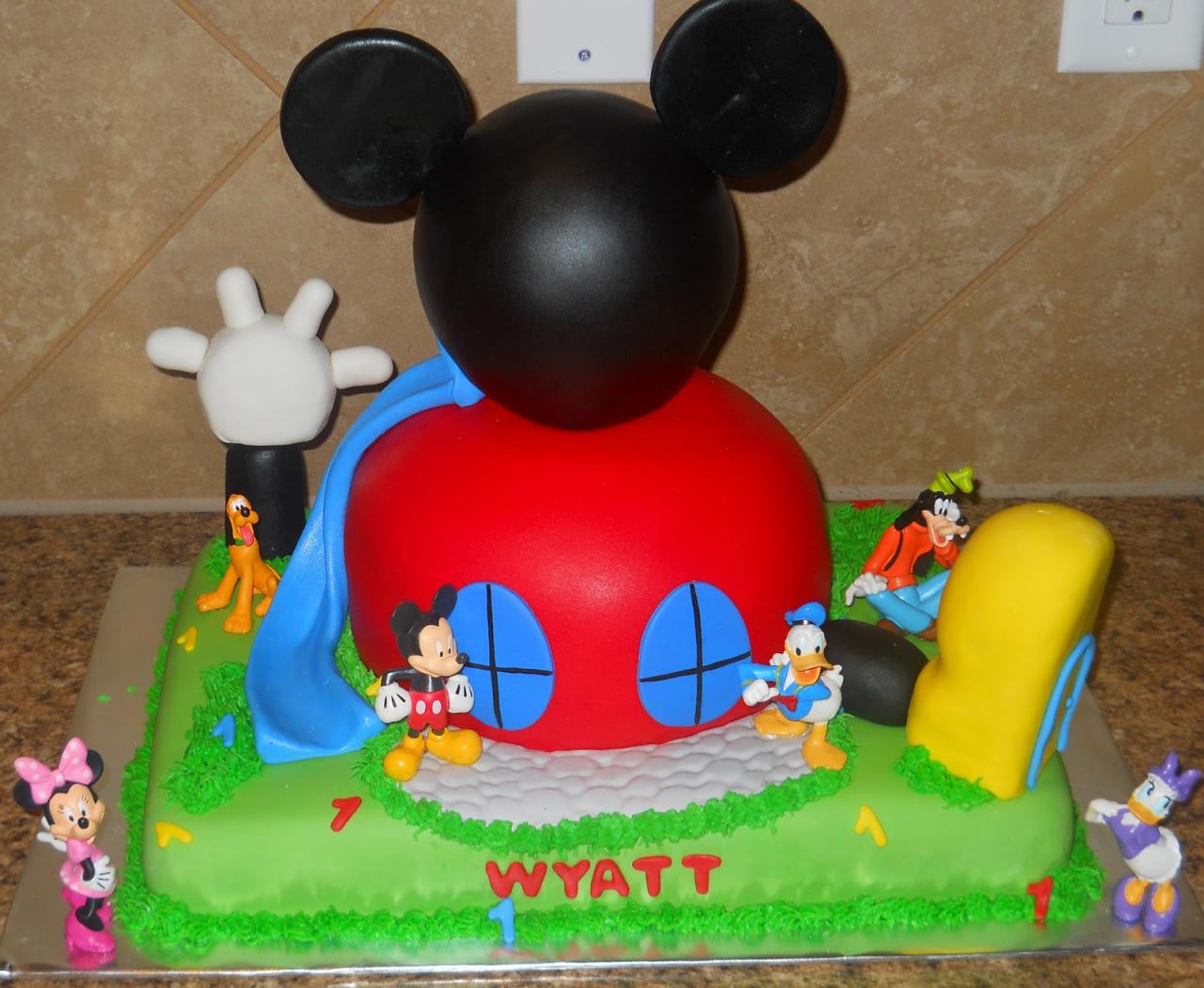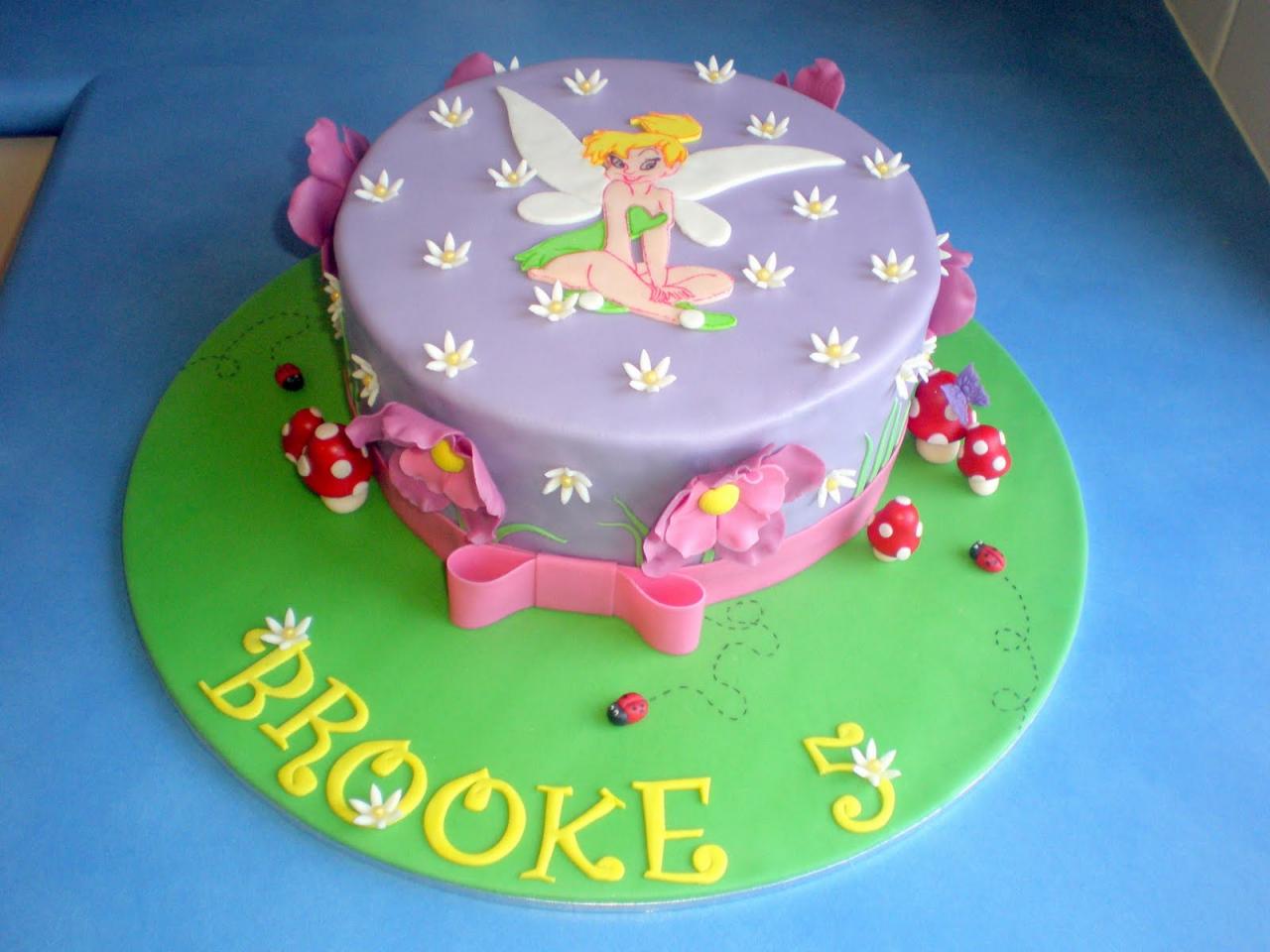Welcome to the world of cake decorating, where the canvas is your cake and the paint is your icing. Join us as we embark on a culinary adventure, exploring the secrets of how to make icing for cake decorating, transforming your confections into masterpieces.
From the velvety smoothness of buttercream to the intricate details created with royal icing, the possibilities are endless. Let’s dive into the ingredients, techniques, and troubleshooting tips that will empower you to create stunning cakes that will impress and delight.
Types of Icing
When it comes to cake decorating, the icing is the star of the show. It’s what gives your cake its personality and flavor, and there are countless different types of icing to choose from. Each type of icing has its own unique characteristics, so it’s important to choose the right one for your cake.
Some of the most popular types of icing include:
- Buttercreamis a classic icing that is made from butter, sugar, and milk. It’s smooth and creamy, and it can be flavored with any extract or food coloring you like.
- Royal icingis a hard icing that is made from egg whites, sugar, and water. It’s perfect for creating intricate designs on cakes, and it can be colored with any food coloring.
- Ganacheis a rich and decadent icing that is made from chocolate and cream. It’s perfect for cakes that are rich and chocolatey, and it can be flavored with any extract or liqueur you like.
Ingredients and Equipment

Making icing requires specific ingredients and equipment to achieve the desired texture and flavor. Understanding their roles is crucial for successful cake decorating.Essential Ingredients:
-
-*Sugar
The primary ingredient, providing sweetness and structure.
-*Liquid (water, milk, cream)
Helps dissolve sugar and create a smooth consistency.
-*Fat (butter, shortening)
Adds richness, creaminess, and stability.
-*Flavorings (vanilla, almond)
Enhances taste and aroma.
-*Colorings
Gives icing its desired hue.
Equipment:
| Tool | Function |
|---|---|
| Mixing bowls | Mixing and holding ingredients |
| Electric mixer | Creaming and whipping ingredients |
| Spatulas | Folding and spreading icing |
| Piping bags and tips | Decorating cakes and pastries |
| Measuring cups and spoons | Measuring ingredients accurately |
Techniques for Making Icing

Crafting the perfect icing is an art form that requires precision and finesse. Let’s dive into the step-by-step process of creating three popular icings: buttercream, royal icing, and ganache.
Buttercream
Buttercream is a versatile icing that can be piped, spread, or used as a filling. To make buttercream, start by creaming together softened butter and confectioners’ sugar until light and fluffy. Gradually add milk or cream until the desired consistency is reached.
For a richer flavor, add vanilla extract or cocoa powder.
Tips:
- Use high-quality butter for a smoother texture.
- Add milk or cream slowly to avoid over-thinning the icing.
- If the icing becomes too thin, add more confectioners’ sugar.
Common mistakes to avoid:
- Over-beating the butter, which can make the icing grainy.
- Adding too much liquid, which can make the icing runny.
- Not sifting the confectioners’ sugar, which can result in lumps.
Royal Icing
Royal icing is a hard, glossy icing that is often used for intricate piping and decorations. To make royal icing, combine egg whites, confectioners’ sugar, and lemon juice. Whip until stiff peaks form. The consistency should be similar to toothpaste.
Tips:
- Use fresh egg whites for the best results.
- Add a few drops of lemon juice to help stabilize the icing.
- Cover the icing with a damp cloth to prevent it from drying out.
Common mistakes to avoid:
- Over-beating the icing, which can make it too stiff.
- Adding too much liquid, which can make the icing runny.
- Not using fresh egg whites, which can make the icing less stable.
Ganache
Ganache is a rich, chocolate-based icing that is often used for fillings, glazes, and truffles. To make ganache, combine chopped chocolate and heavy cream in a double boiler. Stir until the chocolate is melted and smooth. The consistency can be adjusted by adding more chocolate or cream.
Tips:
- Use high-quality chocolate for a richer flavor.
- Add a pinch of salt to balance the sweetness.
- Let the ganache cool slightly before using it.
Common mistakes to avoid:
- Overheating the chocolate, which can scorch it.
- Adding too much cream, which can make the ganache too thin.
- Not letting the ganache cool slightly before using it, which can make it too runny.
Coloring and Flavoring Icing

Transform your icing into a vibrant masterpiece or infuse it with delectable flavors to elevate your cake decorating. Explore the art of coloring and flavoring icing, unlocking endless possibilities for customization.
Coloring your icing adds a touch of vibrancy and can match any theme or occasion. Natural food colorings, derived from fruits, vegetables, and spices, offer a subtle yet vibrant hue. Artificial food colorings provide a wider range of shades but may have a stronger flavor.
Natural Food Colorings
| Color | Source | Effect |
|---|---|---|
| Red | Beetroot juice | Rich, earthy red |
| Orange | Carrot juice | Warm, golden orange |
| Yellow | Turmeric | Bright, sunny yellow |
| Green | Spinach puree | Natural, leafy green |
| Blue | Blueberry puree | Deep, vibrant blue |
| Purple | Red cabbage juice | Intense, regal purple |
Artificial Food Colorings
- Gel colors: Concentrated, easy to mix, and provide vibrant shades.
- Liquid colors: Water-based, less concentrated than gel colors.
- Powder colors: Highly concentrated, can be difficult to dissolve.
Flavoring your icing adds a delectable dimension to your creations. Extracts, spices, and fruit purees offer a wide range of options to complement any cake or cupcake.
Flavoring Ideas
- Vanilla extract: Classic, versatile flavor that pairs well with any cake.
- Almond extract: Nutty, sweet flavor that adds a touch of sophistication.
- Lemon zest: Bright, citrusy flavor that balances sweetness.
- Cinnamon: Warm, spicy flavor that adds a touch of coziness.
- Raspberry puree: Fruity, tart flavor that complements chocolate or vanilla cakes.
Piping and Decorating with Icing
Piping and decorating with icing is an art form that can transform a simple cake into a stunning masterpiece. With the right techniques and tools, you can create intricate designs, add texture, and bring your cake decorating vision to life.
Piping Techniques
There are numerous piping techniques used in cake decorating, each with its unique purpose and effect. Here are a few common techniques:
- Outlining:Using a small round tip, pipe a thin line around the edges of the cake or to create borders.
- Flooding:Fill in areas of the cake with icing using a large round tip or a piping bag fitted with a wide tip.
- Swirling:Create swirls and rosettes by using a star tip and moving the piping bag in a circular motion.
- Drop Flowers:Pipe small dots of icing onto the cake and use a toothpick to pull them out to create delicate flowers.
- Basketweave:Interlace strips of icing to create a basketweave pattern.
Piping Tips
The type of piping tip you use will determine the shape and texture of your icing decorations. Here is a table of some common piping tips and their uses:
| Tip Number | Shape | Uses |
|---|---|---|
| 1 | Round | Outlining, flooding, writing |
| 2 | Star | Swirls, rosettes, shells |
| 3 | Drop Flower | Drop flowers, beading |
| 4 | Basketweave | Basketweave pattern |
| 5 | Leaf | Leaves, vines |
Decorating Techniques
Once you have mastered the basic piping techniques, you can explore more advanced decorating techniques. Here are a few examples:
- Fondant:A pliable sugar paste that can be used to cover cakes, create figures, and add intricate details.
- Gumpaste:A harder sugar paste used for creating edible flowers and other decorations that require more structure.
- Airbrushing:Using an airbrush to spray food coloring onto cakes to create gradients, patterns, and other effects.
- Stencils:Using stencils to create precise designs on cakes with icing or edible paint.
- Edible Images:Printing edible images on sheets of icing or wafer paper to add custom designs or photographs to cakes.
Troubleshooting Common Icing Problems

Creating perfect icing can be a challenge, but understanding common problems and their solutions can help you achieve success. Here are some issues you may encounter and how to resolve them:
Curdling
- Problem:Icing separates into a liquid and solid mixture.
- Solution:Add a small amount of liquid, such as water or milk, and whisk until smooth. Avoid over-mixing, as this can further separate the mixture.
- Prevention:Use fresh ingredients and avoid adding too much liquid at once.
Cracking
- Problem:Icing cracks when applied to the cake.
- Solution:Add a small amount of corn syrup or honey to the icing and mix until smooth. This will make the icing more flexible and less prone to cracking.
- Prevention:Allow the icing to reach room temperature before applying it to the cake. Apply a thin layer of icing first to create a barrier between the cake and the thicker layer.
Separation
- Problem:Icing separates into layers of different colors or textures.
- Solution:Gently stir the icing until the layers recombine. If the separation is severe, you may need to start over with a new batch of icing.
- Prevention:Use high-quality ingredients and mix the icing thoroughly before using it.
Tips for Storing and Preserving Icing, How to make icing for cake decorating
- Store icing in an airtight container in the refrigerator for up to 2 weeks.
- To preserve icing for longer, freeze it in an airtight container for up to 3 months.
- When ready to use, thaw the icing overnight in the refrigerator or at room temperature for several hours.
- Stir the icing thoroughly before using it to ensure an even consistency.
Closing Notes: How To Make Icing For Cake Decorating

As you master the art of icing, you’ll discover the joy of transforming ordinary cakes into extraordinary works of art. Whether you’re a seasoned baker or just starting your culinary journey, this guide will equip you with the knowledge and skills to elevate your cake decorating to new heights.


